Visit Nandalay Temple In Gujarat For A Spiritual Gateway In 2025
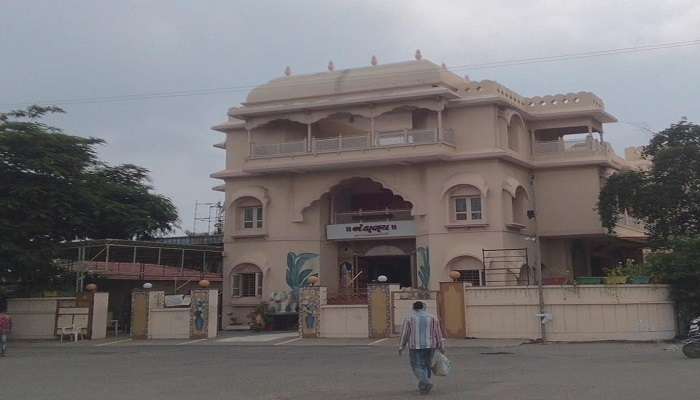
Nandalay Temple, Vadodara, Gujarat, presents the perfect model of modern architectural grandeur woven with the conventional design of a Hindu temple. An abode in the heart of Vadodara, the city famous for its innate level of craftsmanship, this temple has always been known for its spiritual values. Dedicated to Lord Krishna, the temple sees the gathering of devotees and travellers who search for peace in the tranquil atmosphere and the marvellous surrounding beauty. The Nandalay Temple is surrounded by vibrant murals with Hindu mythology scenes, carved fine pillars, and an aura of peace. Linen, art, culture, and spirituality make it a scintillating experience at the Nandalay Temple.
Nandalay Temple History
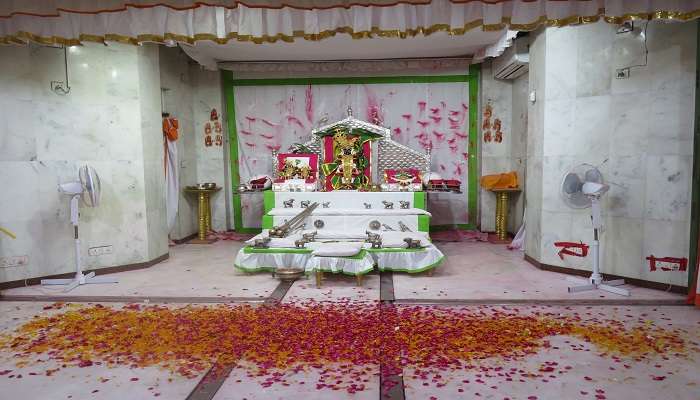
Temple Layouts The history of the Nandalay Temple is a narrative with threads of ancient artistry, religious devotion, and cultural heritage. In the heartlands of India, these temples still stand today—the real fields of architectural excellence and spiritual sanctity. Every temple recounts a story, often tracing its origin many centuries ago to the periods since the dynasties or kingdoms patronizing them were formed. These temples, over and through many ages past, have been more than places for the adoration of the divine since they have always mirrored societies in general, evolving in religious beliefs and acting as focal points for community life, education, and artistic expression. Today, they inspire awe and reverence as they beckon visitors to delve into the storied past to catch the deep spirit resounding within their precincts.
Ancient Origins And Building
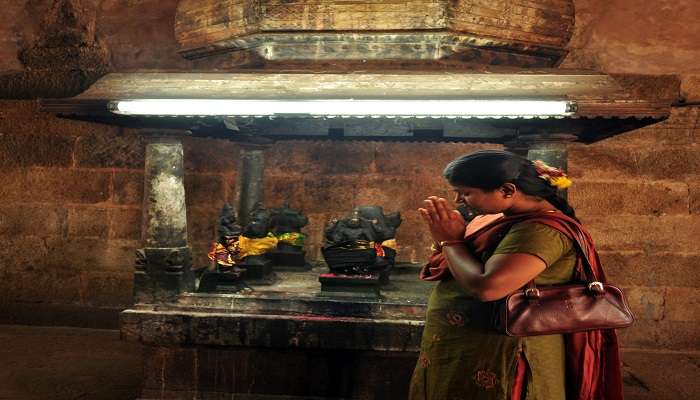
The history of the Nandalay Temple is steeped in antiquity in Vadodara, Gujarat, and marries into the area’s rich architectural and cultural traditions. Its construction under the patronage of men under whose care this temple was built resonates with the marriage of local craftsmanship and religious zeal. This, typified by its architecture, speaks for the high engineering skills and sublime abilities in art that characterized that age. Over hundreds of years, the temple went through restoration and reconstruction, building layer upon layer of what it is now, majestic and key to practices of the Hindu religion.
Tip: One must thoroughly research the time in history, ruling dynasty, and associated architectural style of a period to write on the ancient backgrounds and construction of the Nandalay Temple. This prepares a person to understand how and why the temple was built.
Must Read: Sarangpur Hanuman Mandir
Cultural Significance And Evolution
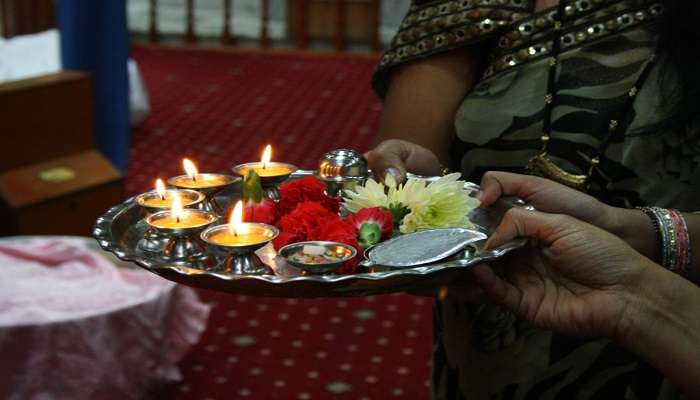
As history says, Nandalay was a religious hub for cultural interaction and spiritual education. It had witnessed the raising of empires or the dropping into shambles, the evolution of religious practices, and the enduring faith of those coming to seek blessings and solace. Thus, architecture represents the evolving art and culture of Gujarat, which represents intricate engravings, lively murals, and religious rituals of the forefathers. It stands today in its complete grandeur of a heritage site, giving us a view of the past that still continues to transmit experiences of reverential awe to people worldwide.
Tip: In talking of the cultural significance of the Nandalay Temple in the years gone by, make sure you excavate with the finest of details any rituals, ceremonies, festivals, or traditions connected with the temple. Awareness of such practices will contribute to your description of the place and how, over time, the temple has stood on its toes to remain a spiritual and cultural hub.
Nandalay Temple Architecture
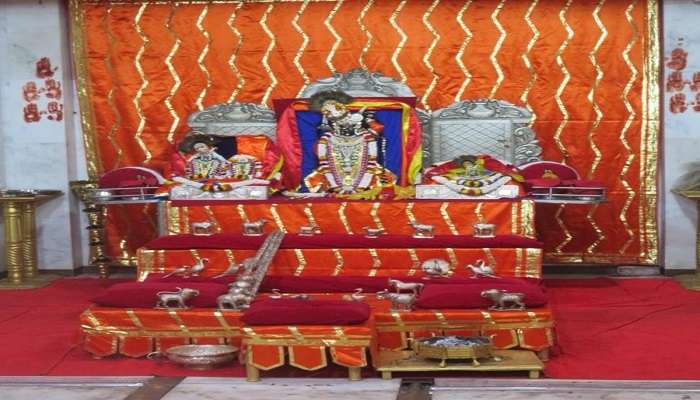
The architecture of the Nandalay Temple speaks of the ingenuity and aesthetic flair of ancient builders, blending the intricacy of workmanship through the spiritual symbolism it upholds. From towering spires to intricately carved pillars and an ornate sanctum, each facet of its design reflects overt aesthetic beauty and profound religious significance.
The Nandalay Temple is based on the concept of traditional Hindu temple architecture, including the mandapas, the garbhagriha, and the shikhara, all provided for ritualistic or symbolic purposes. All these architectural features add to the temple’s visual beauty and help facilitate different spiritual practices, ceremonies, and other rituals performed within the hallowed precincts of the temple. The Nandalay Temple, as a cultural heritage site, continuously enthrals with the timeless design that provides a feel for the richness of artistic traditions and spiritual beliefs, shapers of the architectural landscape of India for centuries.
Suggested Read: Corbett Falls
Nandalay Temple Timings
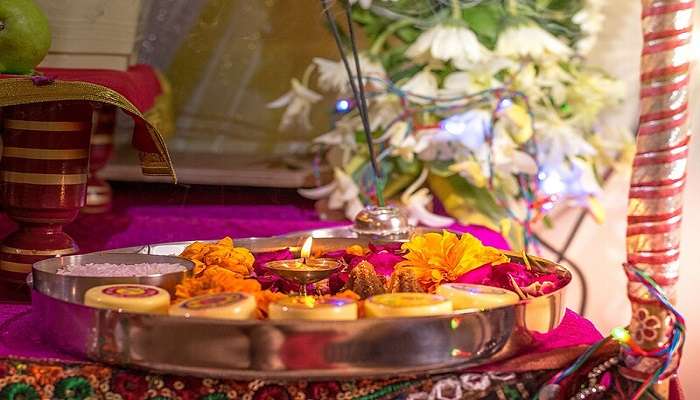
The Nandalay Temple in Vadodara has very limited operating hours, adequate for its devotees and visitors who want to fully experience the spiritual atmosphere and architectural grandeur it provides. Typically, the temple allows its devotees to start their day with prayers and rituals by opening its doors during the very early hours of the day.
At different times of the day, arrangements are made for various religious ceremonies in the temple related to arati (puja with lights) and bhajans (devotional songs). The complex carving, vivid murals, and settings imbued with the serenity of the temple are bound to engage the visitor for a good day of late evening. Some deviations in timings may occur in some unique festivals and religious celebrations, partly from the commonly experienced opening hours, while such a revered temple usually receives plenty of devotees. Visiting Nandalay Temple, either for worship or an excursion on culture, while keeping in line with preset timings, makes the visit exciting and memorable.
Nandalay Temple Significance
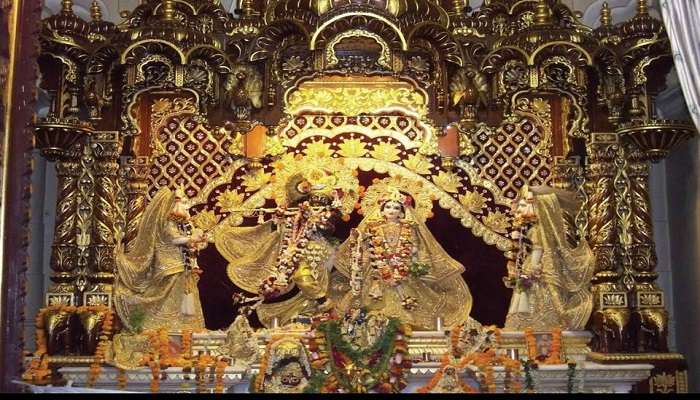
The beauty of the Nandlay Temple does not lie in its architecture; it rather symbolizes much more in terms of religious and cultural entities, which are very dear to devotees and visitors alike. As a holy shrine of Lord Krishna, it forms a spiritual location where many devotees come to find solace, guidance, and benediction.
Indeed, the rituals and ceremonies performed here are ancient, forging a sense of spiritual oneness and reverence among the worshippers. The Nandalay Temple is also a culturally significant monument since it is a hub of artistic expression, from intricate carvings to murals in bright hues, classical music, and dance forms that make India’s cultural heritage rich.
The Nandalay Temple has thus served through its function in religious practice and preservation of culture as a testament to timeless values and beliefs that have formed Indian society over the generations.
Suggested Read: Devaliya Park Safari
Religious Significance
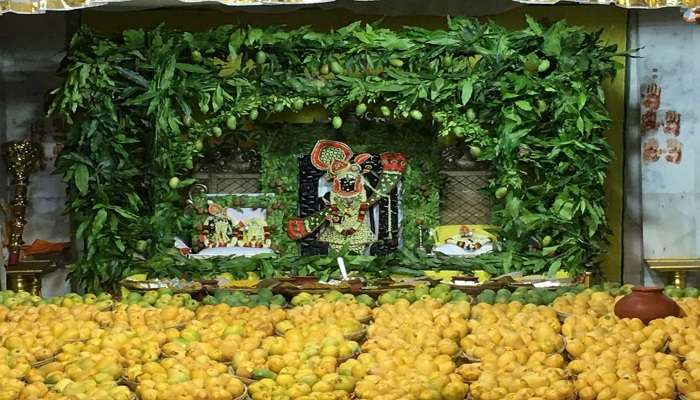
The Nandalay Temple is not only a place of religious function but also plays an important part in a larger perspective of the socio-cultural context of the acclimatized populace and the greater Hindu traditions. It supports cultural activities, such as the arrangement of festivals, music, and educational programs to celebrate India’s rich cultural heritage.
Its fragmented architecture is decorated with bright colours, murals, and carvings depicting mythological tales- some kind of archive that speaks to the sublime artistic flair of past civilizations. Therefore, its presence gives value to the preservation and promotion of traditional values and fosters a sense of identity and a feeling of pride in devotees and guests.
Tip: Artistic Elements: To understand the cultural relevance of having such a Nandalay Temple, take a close look at the architectural details, artwork, and cultural activities conducted within this venue. Recording these artistic elements is important to increase your understanding of how the temple helps preserve and promote India’s rich cultural heritage.
Further Read: Places To Visit In Veraval
Feel the endless beauty and spiritual serenity of the Nandalay Temple in Vadodara. Discover among the great temples the fine architecture inside, contribute to the temple’s rich cultural heritage, and visit a shrine divinely that has captivated hundreds of hearts over centuries. Plan your trip to Gujarat today and experience divine grace and the essence of cultural vibrancy in this revered Hindu temple.
For our editorial codes of conduct and copyright disclaimer, please click here.
Cover Image Source: Facebook
Frequently Asked Questions About Nandalay Temple
What are the opening hours of the Nandalay Temple?
The temple usually opens during early morning hours and is kept open until late in the evening. Timings may vary specifically, especially during festivals and special days.
Is there any entry fee to visit the Nandalay Temple?
No, entry fees to visit the temple are usually nil. However, contributions toward the maintenance of the temple and rituals would be highly acknowledged.
Can a non-Hindu visit the Nandalay Temple?
Yes, general respect is shown that should be accorded to the place as one good enough for all faiths. The Nandalay Temple is open to people of all faiths who would have to enjoy the cultural and spiritual atmosphere within the temple. Still, it is expected that visitors show due respect for the traditions of the Temple and dress in a modest way.
What are the primary festivals celebrated at the Nandalay Temple?
The temple celebrates several festivals, few of which include Janmashtami, the birth of Lord Krishna; Holi, the Festival of Colors; and Diwali, the Festival of Lights. For these festivals, the temple draws a large number of devotees and visitors.
Are guided tours provided at the Nandalay Temple?
Yes, guided tours are available quite often to interested visitors who would love to know something more about the history, architecture, and religious importance the temple holds. Anyone can inquire at the temple office or make arrangements with local tourism service.
People Also Read:
Chennakesava Temple Someshwar Mahadev Temple Shree Dwarkadhish Temple

With a passion for exploring and travelling to the roads long forgotten, experience the world through enthralling stories and adventures. Join me as I share my experiences at some of the world’s most popular tourist destinations and quench that pestering curiosity with something exciting!





